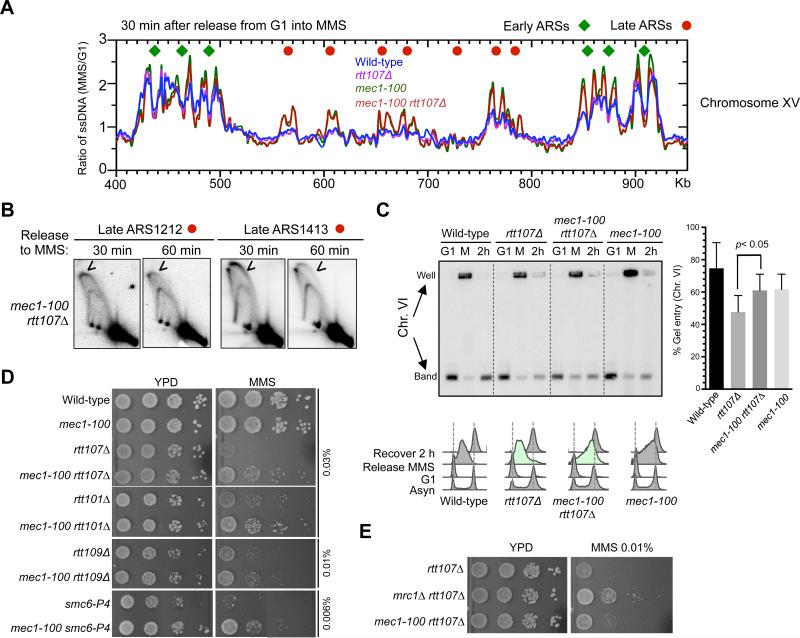Figure 6. mec1-100 suppresses defects of cells lacking Rtt107 or its associated E3s.
(A) mec1-100 de-represses late origins in rtt107Δ cells. Replication fork-associated ssDNA profiles of a segment of Chromosome XV are shown as in Figure 5A.
(B) 2D gel analyses confirm that mec1-100 leads to firing of late origins, ARS1212 and ARS1413, in rtt107Δ background. Experimental procedures and labels are identical to those in Figure 5B.
(C) mec1-100 increases chromosomal replication in rtt107Δ cells. Experimental scheme and results are presented as in Figure 5C and S5B. Quantification of results from 3 trials is plotted with means and SD.
(D) mec1-100 rescues the MMS sensitivity of rtt107Δ and related E3 mutants.
(E) Side-by-side comparison shows that mec1-100 is less effective than mrc1Δ in suppressing the MMS sensitivity of rtt107Δ cells. Experiments were done as in Figure 5E, except that plates were grown for a shorter time to better reveal differences between mec1-100 and mrc1Δ suppression.
See also Figure S6.

